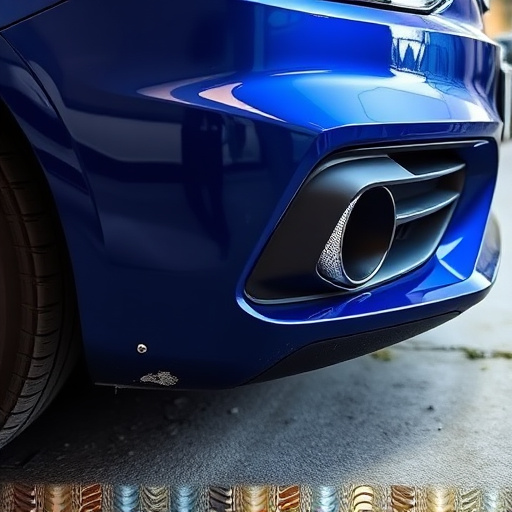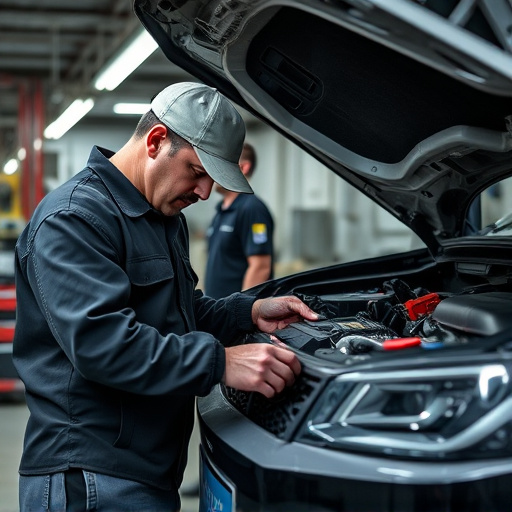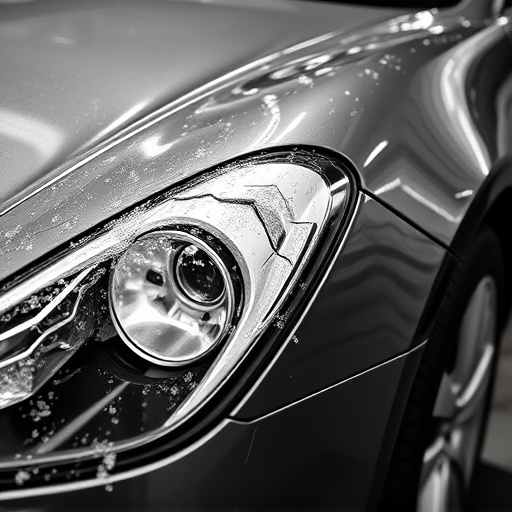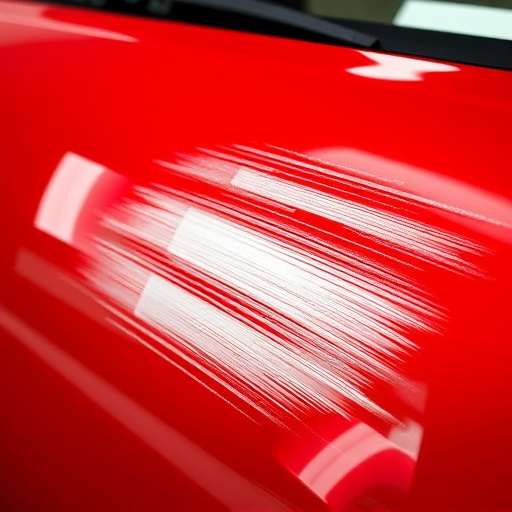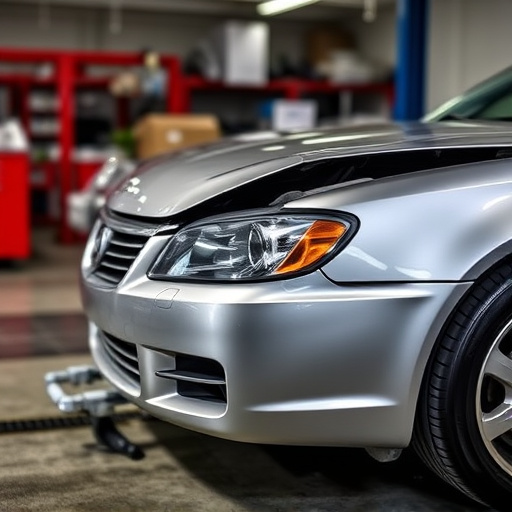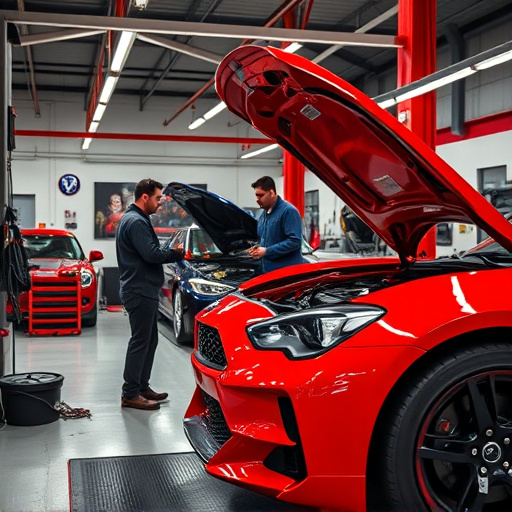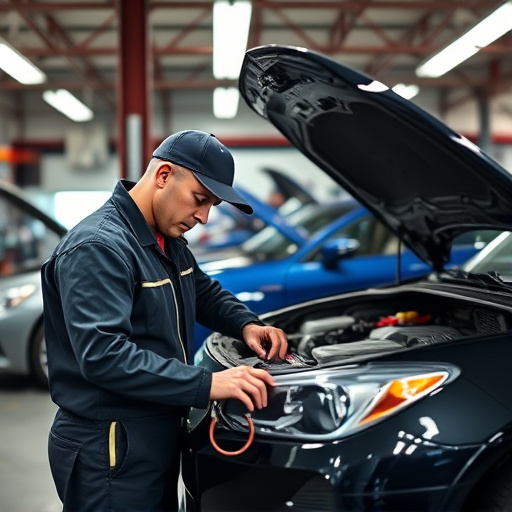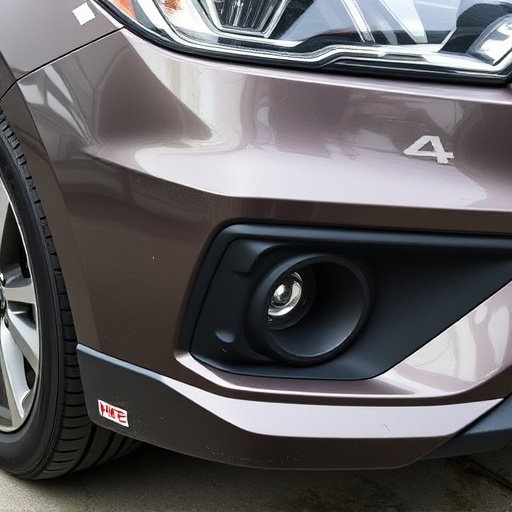TIG welding collision systems revolutionize auto body repair by combining sensors, computer controls, and real-time feedback to overcome the challenges of precision welding, such as thermal distortion and warping. These systems optimize heat distribution, minimize damage, enhance productivity, and improve overall metal fabrication quality. They also boost safety by detecting hazards like stray sparks, safeguarding workers and vehicle integrity. Top auto repair shops adopt these systems for superior precision, quality, and efficiency in complex repairs, streamlining services, minimizing errors and waste, and enhancing reputation and customer satisfaction.
“In the world of precision metal fabrication, TIG welding collision systems have emerged as a game-changer. This article delves into the reasons behind their prominence in top-tier workshops. Understanding TIG welding and its unique challenges is key; these complex processes demand utmost precision and safety. Herein, we explore how collision systems play a pivotal role in enhancing both. Top-tier shops prioritize these systems due to their ability to mitigate errors, ensure quality, and prioritize worker safety, ultimately driving industry excellence.”
- Understanding TIG Welding and Its Unique Challenges
- The Role of Collision Systems in Enhancing Precision and Safety
- Why Top-Tier Shops Prioritize TIG Welding Collision Systems
Understanding TIG Welding and Its Unique Challenges

TIG welding, or Tungsten Inert Gas welding, is a precision metal fabrication process that has become an industry standard for top-tier shops due to its ability to create strong, clean, and aesthetically pleasing welds. This technique involves using a non-consumable tungsten electrode to generate an arc, which fuses metal to form a joint. Unlike other welding methods, TIG welding requires meticulous control and skill, as it operates at high heat and demands precise manipulation of the torch and filler material.
One of the unique challenges posed by TIG welding is the potential for collision damage during the process. The highly focused heat source and fast movement can lead to thermal distortion, warping, or even cracking in the workpiece. These issues are particularly pronounced in auto body shops where precision and quality are paramount. To mitigate these challenges, top-tier shops have adopted TIG welding collision systems as a standard feature. These advanced systems use specialized sensors and computer controls to monitor and adjust the weld path, ensuring optimal heat distribution and minimizing the risk of dent removal or car scratch repair during the welding process, thereby enhancing overall productivity and part quality.
The Role of Collision Systems in Enhancing Precision and Safety

TIG welding collision systems play a pivotal role in enhancing both precision and safety within top-tier shops, particularly those specializing in car body restoration and vehicle repair. These advanced systems are designed to detect and correct any deviations from the intended weld path, ensuring consistent and accurate results. By employing sensors and real-time feedback mechanisms, collision systems mitigate human error, which is paramount in achieving intricate welds that meet stringent industry standards.
Moreover, collision systems contribute significantly to the overall safety of the workshop environment. They can quickly identify potential hazards, such as stray sparks or heat buildup, and alert operators before they become dangerous. This proactive approach not only protects workers but also maintains the integrity of the vehicle being repaired, ensuring that delicate components are not damaged during the welding process. In essence, these collision systems are game-changers in modern body shop services, fostering precision, safety, and high-quality outcomes.
Why Top-Tier Shops Prioritize TIG Welding Collision Systems

Top-tier shops prioritize TIG welding collision systems for several compelling reasons. These advanced systems play a pivotal role in achieving precision and quality in auto body repair and auto bodywork processes. By integrating TIG welding collision systems, top-tier shops enhance their ability to handle complex repairs with intricate details, ensuring that every weld is clean, strong, and aesthetically pleasing. This level of craftsmanship not only boosts the reputation of the shop but also ensures customer satisfaction.
Furthermore, TIG welding collision systems streamline the auto body services provided by these shops. They minimize errors and waste, allowing technicians to work more efficiently. The precision offered by these systems is particularly valuable in the intricate world of auto bodywork, where even minor deviations can significantly impact the final result. Thus, top-tier shops recognize that investing in TIG welding collision systems is a game-changer for maintaining their competitive edge and delivering exceptional service quality.
TIG welding collision systems have become a standard in top-tier shops due to their ability to significantly enhance precision and safety during the welding process. By accurately detecting and mitigating collisions, these systems ensure clean, high-quality welds while minimizing the risk of damage or injury. With ever-increasing demands for accuracy and efficiency in manufacturing, investment in TIG welding collision systems is a strategic move that sets top-tier shops apart in today’s competitive landscape.
